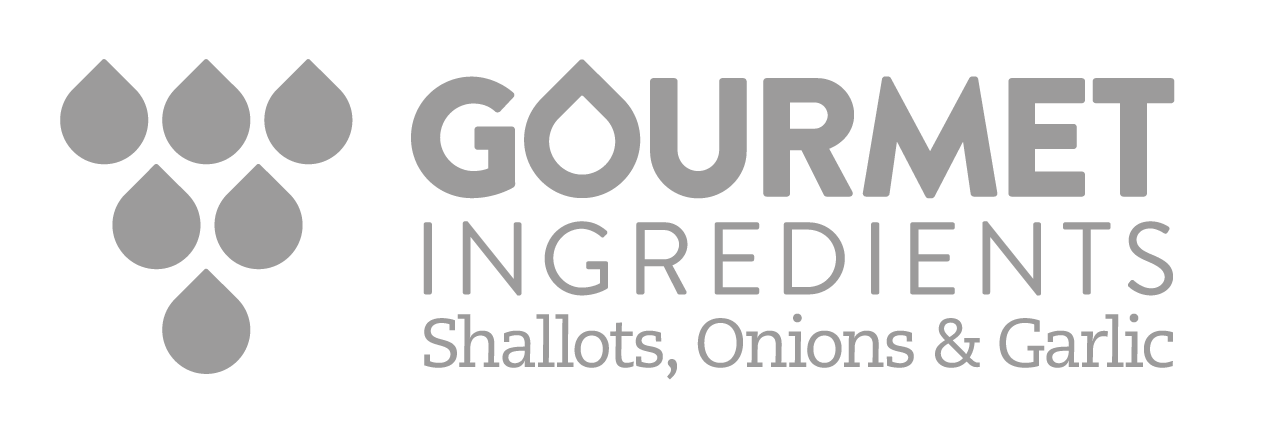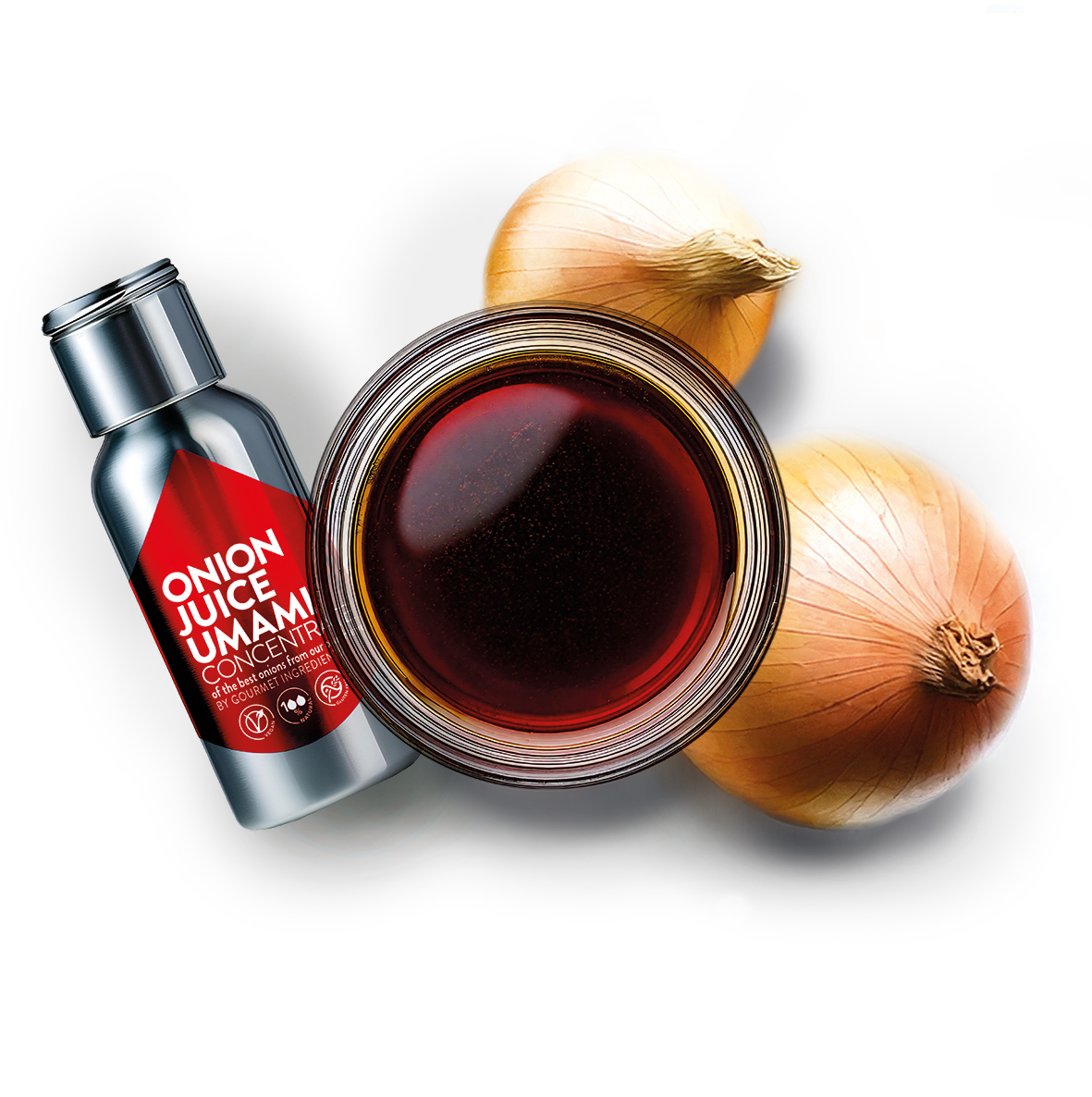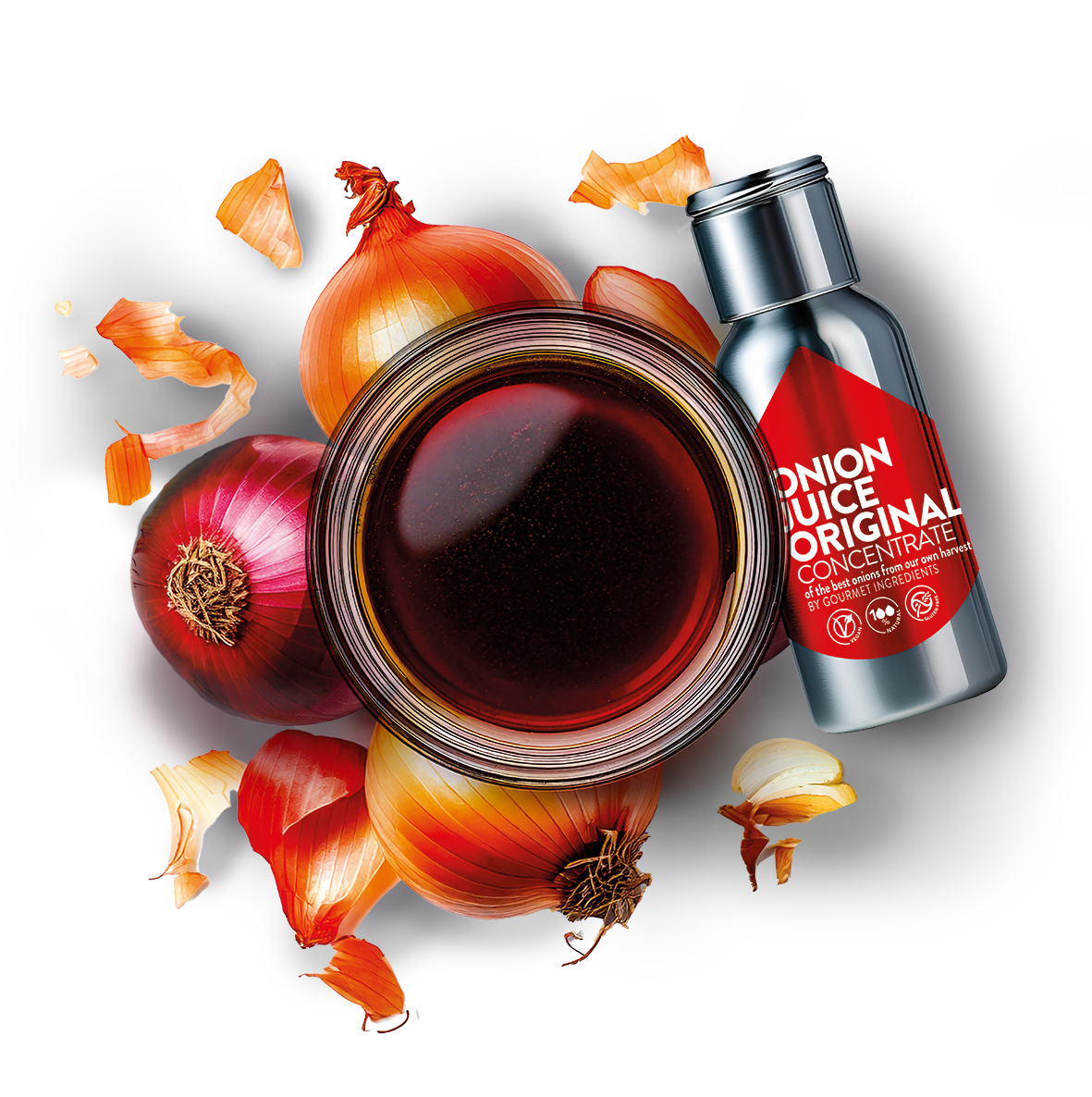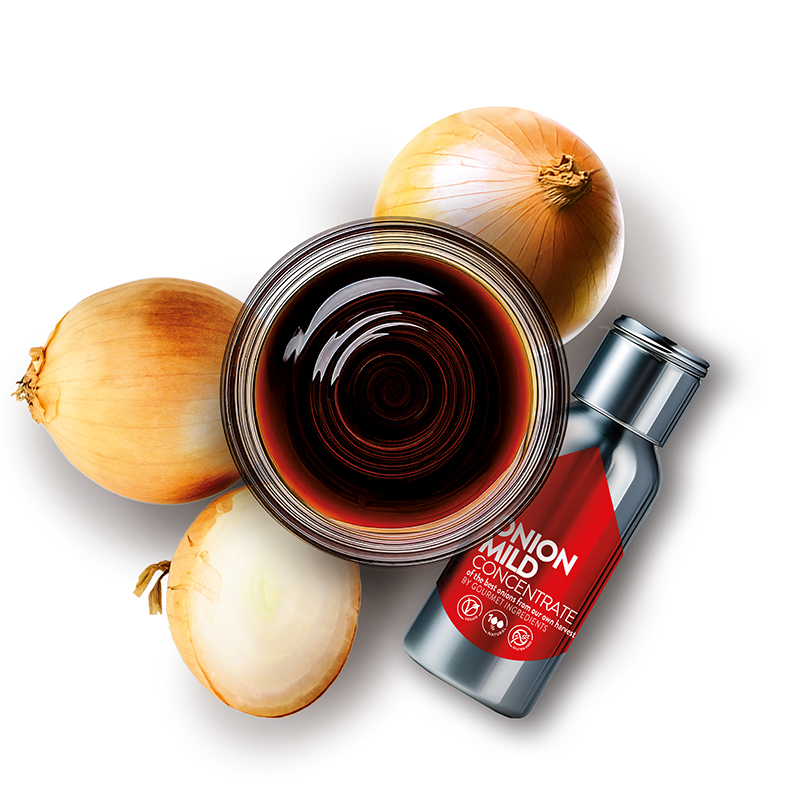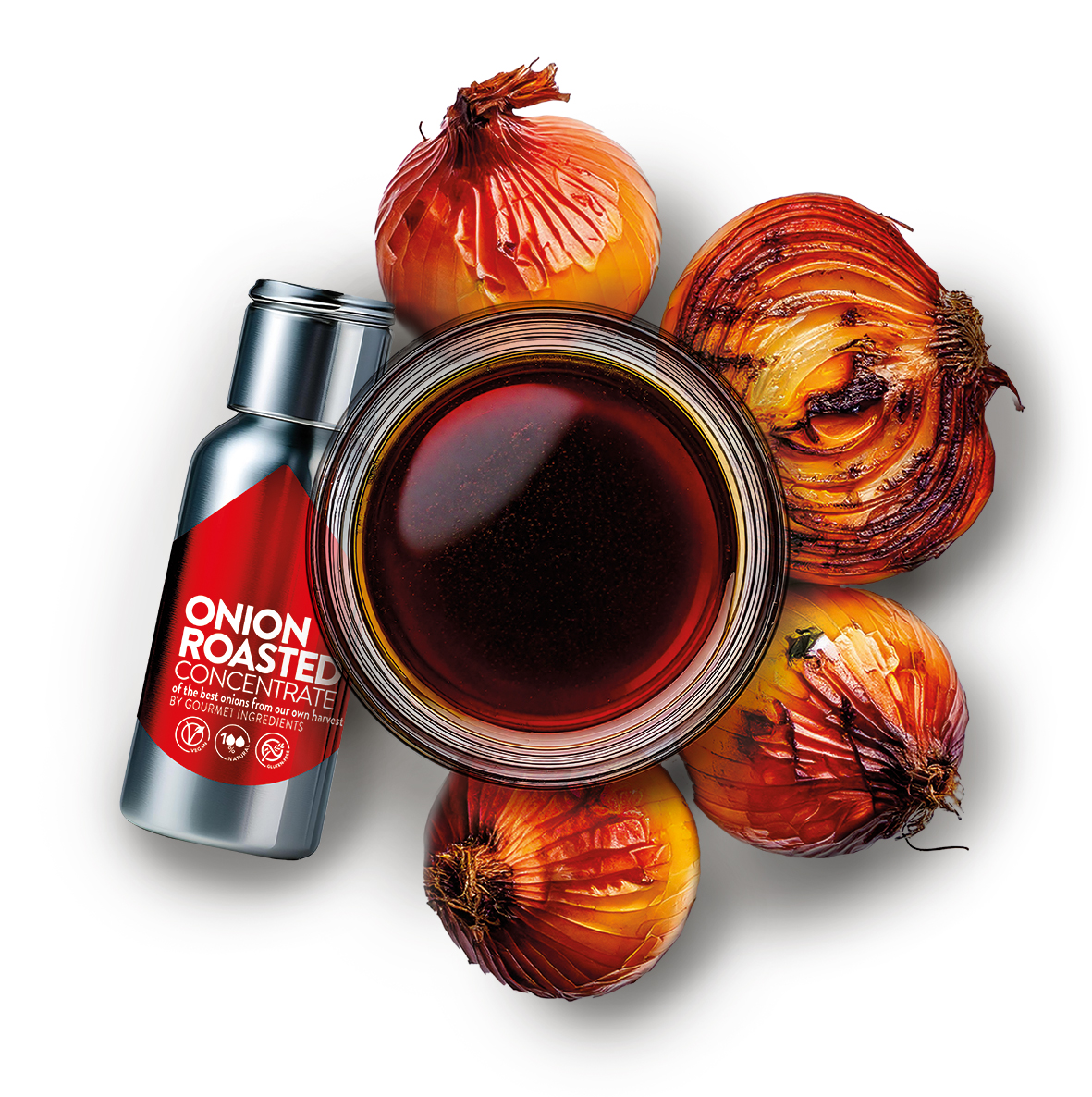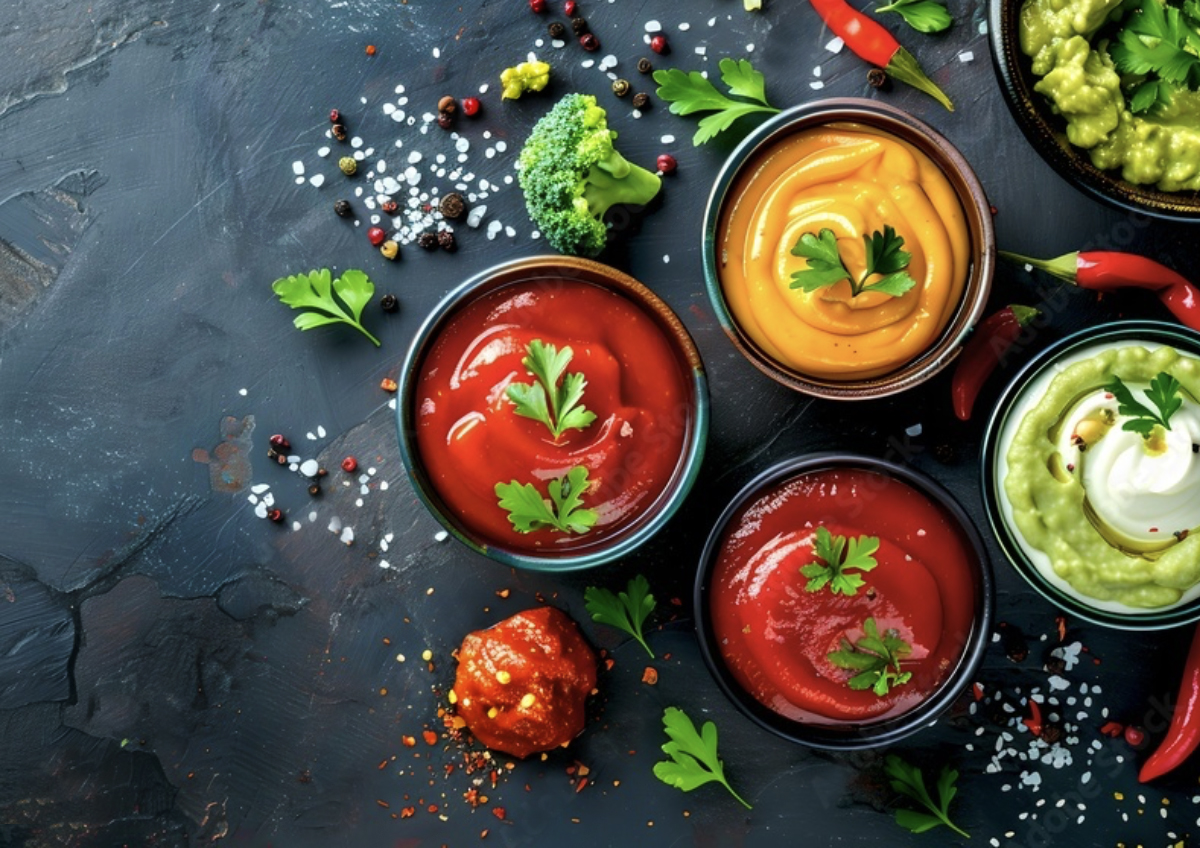Sugar Reduction
Balanced Sugar Reduction
The Challenge
Sugar reduction has become a global imperative driven by obesity concerns, diabetes prevention, and regulatory pressure. Governments worldwide implement sugar taxes, mandate front-of-pack warnings, and set reduction targets. Health Star Ratings in Australia, Nutri-Score in Europe, traffic light labels in Latin America, and voluntary pledges across Asia all penalize high-sugar products. Yet sugar does far more than sweeten—it provides body, mouthfeel, balances acidity, contributes to browning, acts as a preservative, and masks bitter or metallic notes. Simply removing sugar creates thin, harsh, unbalanced products that consumers reject. Traditional solutions like high-intensity sweeteners introduce their own problems: off-tastes, consumer skepticism toward artificial ingredients, and labels that still signal "processed." Food manufacturers need sugar reduction strategies that maintain palatability, support clean label, and deliver products consumers actually want to eat.
How Our Solution Works
Our Onion Juice Concentrate provides natural sweetness alongside savory depth, enabling meaningful sugar reduction through a two-pronged approach. First, the natural sugars present in concentrated onion juice contribute direct sweetness—not as intense as sucrose, but sufficient to partially replace added sugars while maintaining a clean label. Second, and more importantly, OJC builds flavor complexity and umami depth that makes lower sugar levels more acceptable to consumers by creating a fuller, more satisfying taste experience overall.
The key insight is that sugar often compensates for lack of flavor complexity. Products taste "flat" without enough sugar not because they lack sweetness, but because they lack depth. By building savory backbone, adding natural sweetness, and creating flavor interactions that develop richness, OJC allows sugar to work more efficiently—you need less to achieve consumer satisfaction.
The Flavor Balance Approach
Sugar reduction fails when it focuses solely on sweetness replacement. Successful reformulation addresses the entire flavor profile. OJC contributes:
Natural Sweetness: Fructose and glucose from concentrated onions Savory Depth: Umami and savory notes that balance sweetness needs Flavor Complexity: Multiple flavor dimensions that create satisfaction Mouthfeel Enhancement: Body and texture that sugar normally provides
This multi-factorial approach means products taste balanced and complete, not just "less sweet."
Proven Results Across Applications
- BBQ Sauces: 30% sugar reduction achieved while improving overall taste profile (6-7% OJC inclusion)
- Pizza Sauces: 7% sugar reduction in tomato base while meeting nutrition standards (1.5% OJC inclusion)
- Ketchup & Condiments: Reduced sugar dependency while maintaining consumer acceptance
- Marinades & Glazes: Lower sugar levels without sacrificing caramelization or flavor
- Ready Meals: Improved nutritional profiles across complete product lines
- Salad Dressings: Balanced acidity with less sugar through natural sweetness
Beyond Sugar: Comprehensive Reformulation
Sugar reduction with OJC rarely happens in isolation. The same ingredient that enables sugar reduction typically facilitates simultaneous sodium reduction (achieved in BBQ sauce case: 30% sugar AND 30% sodium), reduces dependence on other masking ingredients, simplifies flavor systems, and improves overall nutritional scores. The result is holistic product improvement from a single reformulation strategy.
Clean Label Advantage
Unlike high-intensity sweeteners (sucralose, acesulfame-K, stevia with additives) or sugar alcohols (sorbitol, maltitol, erythritol), onion juice concentrate appears on labels as a simple, recognizable food ingredient. No E-numbers. No "natural flavors" ambiguity. No consumer skepticism. Just onion—an ingredient consumers understand and trust.
Application Flexibility
Sugar reduction targets vary by category and market. Some manufacturers aim for 10-15% reduction to improve nutritional scores without triggering reformulation notices. Others pursue 25-35% reduction to make bold "reduced sugar" claims. OJC scales to support both approaches, with dosage and formulation strategy adjusted to specific goals.
Who Benefits
Brands targeting health-conscious consumers and families, manufacturers responding to sugar taxes or regulatory mandates, private label suppliers meeting retailer nutritional specifications, food service operators serving schools and healthcare institutions with strict sugar limits, export-focused companies preparing for global sugar reduction trends, and any food manufacturer recognizing that sugar levels acceptable today will face pressure tomorrow—all find OJC enables practical sugar reduction without compromising taste or consumer acceptance.
The Reality of Consumer Acceptance
Sugar reduction only works if consumers keep buying. Products that taste "healthy" rather than delicious fail regardless of their nutritional improvements. Our approach prioritizes taste first, ensuring that reduced-sugar products don't just meet nutritional targets—they win blind taste tests.
Ready to Reduce Sugar?
Explore our technical specifications, request samples, or connect with our applications team to discuss sugar reduction strategies tailored to your specific products and targets.
Specification
| Allium Name | Sugar Reduction |
